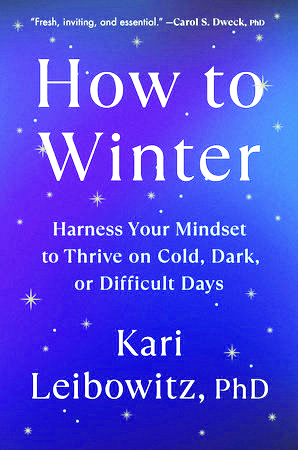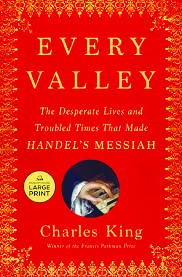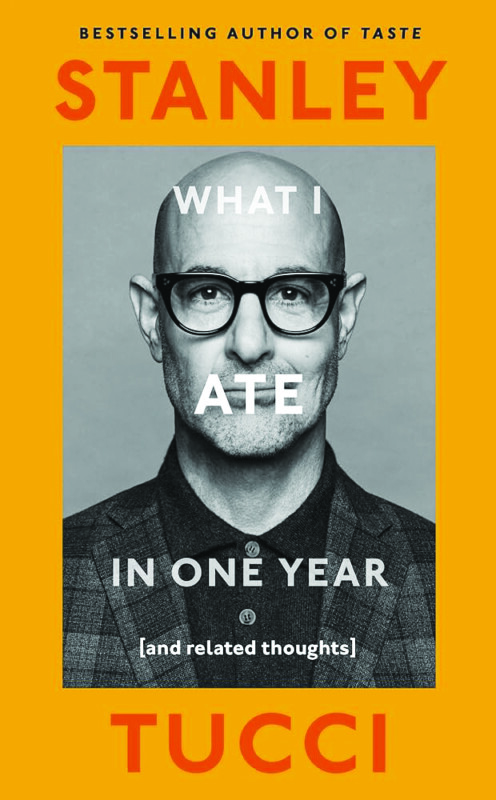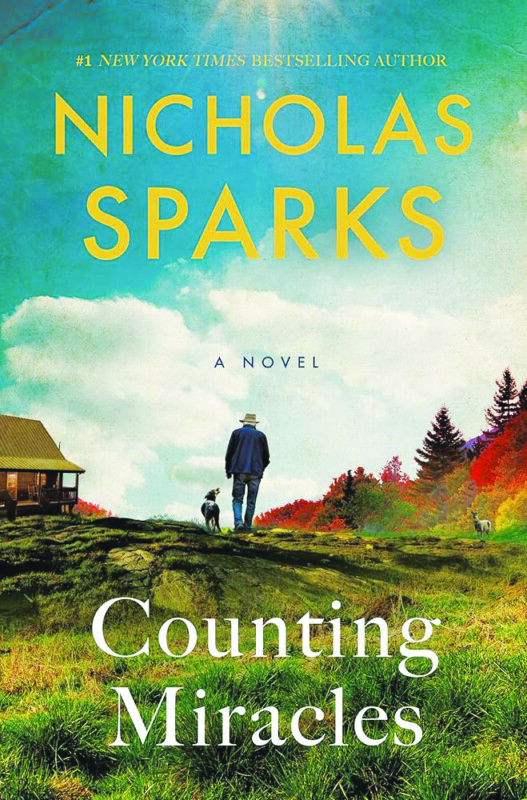How to Winter, by Kari Leibowitz (Penguin Life, 272 pages)
When Kari Leibowitz was looking for a research opportunity that would help get her into a top-notch doctoral program, she reached out to Joar Vitterso, a psychology professor at the University of Tromsø in northern Norway. He agreed to become her research partner in studying why Norwegians, despite long periods of darkness and cold, seem relatively immune to the winter blues that so many Americans report.
So despite being something of a winter-phobe herself, having grown up at the Jersey shore, Leibowitz signed up to experience Tromsø’s “Polar Night” —the two months in which the region doesn’t get direct sunlight — and other things she thought would bring her misery. Instead she wound up studying, and ultimately adopting, a winter-loving mindset, which she says is the key to thriving in winter.
In How to Winter, Leibowitz expands on the article she wrote that appeared in The Atlantic in 2015 (“The Norwegian Town Where the Sun Doesn’t Rise”). Although she soon departed Norway for Stanford University — where winter lows are in the 40s and it hasn’t snowed since 1976 — that article established her as an expert source on coping with winter, and she’s made it a focus of her work since. How to Winter combines her experiences in northern climes with research from Stanford’s Mind and Body Lab on what amounts to positive thinking — reframing how we perceive experiences. Not surprisingly, it’s Leibowitz’s on-the-ground experiences that are the most interesting part of this book.
In Tromsø, which is in full darkness for most of the day between late November and late January (save for a bluish twilight that lasts a couple of hours), Leibowitz found that residents report relatively low rates of seasonal depression. Part of this is because the region is well-equipped for winter. “The city has infrastructure to keep the roads clear of snow and restaurants warm even when it’s blustery outside. Every restaurant and coffee shop has soft lighting and open-flame candles … and cafes often have heat lamps and blankets at outdoor tables so that people can enjoy coffee outside year-round.” At the city’s international film festival, held in January, people watch films outside, and it’s not uncommon for parents to let their appropriately dressed babies nap outside. The first principle of a winter mindset, it seems, is not to be afraid of the dark and cold.
Compare that mindset to the collective moaning and gnashing of teeth that occurs when it gets dark an hour earlier in New England. It’s not that the time change doesn’t have a real effect on our life, Leibowitz writes, but that Americans tend to follow a script about winter misery that begins about that time, rather than actively planning ways to enjoy the season. With regard to the November time change, for example, Leibowitz recommends reducing meetings and commitments the week of the change — seeing it as a time to catch up on rest, make our homes more inviting and cozy and begin pleasurable winter rituals, such as fires or saunas, or what she calls “slow hobbies” like baking, knitting or woodworking.
Animals, she writes, are more in tune with the changing of the seasons that humans are, and this is one reason many of us resist the advent of winter; we haven’t been having to prepare for it, and we expect our well-lit, furnace-warmed lives to go on as usual, rather than make changes. “We pretend we are not animals like any other, as if aligning with nature is a personal or moral failure. But this is a fallacy, and when we look at it plainly, we can see how nonsensical this view is.”
Then we’re told by the media that we’re suffering Seasonal Affective Disorder even though we probably aren’t — true diagnoses range from 0.5 to 3% of the population, and you only have SAD if you first meet the criteria for clinical depression — SAD is a subset of that. So you probably don’t have SAD — you just need a mindset that sees winter as wonderful, Leibowitz writes.
Leibowitz argues that a positive winter mindset is not the same thing as positive thinking, which too often tries to get us to deny the negative. We can’t think our way into its being 80 degrees and sunny when it’s snowing in January, but we can employ “selective attention” to overcome misery. Much of what bothers us about winter is anticipatory — we expect to be cold and miserable if we go outside, when actually when we force ourselves to get outside, it’s often pleasurable and at minimum makes our enjoyment of the indoors even greater when we return. “When we stop pushing against it and observe what it really feels like, asking ourselves, ‘How intolerable is this, really? Am I in danger or am I just a bit uncomfortable?’ the quality of the cold shifts and we find that maybe it’s not as bad as we thought.”
That’s one reason part of her advice to adopting a winter mindset is get outside (“You’re not made of sugar” is the title of one chapter), and she offers research that shows, counterintuitively, that when people do things like cold plunges and winter swimming, they wind up feeling warmer and happier after the shock of the experience.
Leibowitz acknowledges that it’s easier for some people to love winter than others. In Oulu, Finland, for example, known as “the winter biking capital of the world,” bike paths are cleared of snow before roads are. A number of Scandinavian cities have heated sidewalks so people don’t have to worry about falling on snow or ice. Leibowitz travels to places where it’s the norm to have heated floors in bathrooms, individual coat racks next to booths at restaurants and there are even heated toilet seats in public restrooms.
Moreover, she acknowledges, it might be difficult to adopt a “winter is wonderful” mindset if you don’t know how you’re going to pay your heating bill. Not many of us have access to the saunas of which she sings praises. And some of her advice at the end of each chapter is a bit cringy (“Take an awe walk” and “take a family nap”). The book could have been made tighter, and more effective, by icing out its Oprah magazine vibe.
Still, there’s value in much of Leibowitz’s advice, and her travels are interesting. I like many of her suggestions, such as to change the “holiday spirit” into the “winter spirit,” put as much thought into planning January and February as we do December, and instead of trying to force bright light into our winters in defiance of nature, embrace softer lighting and candles (a practice Leibowitz calls “Big Light Off.”) In fact she’s such an effective persuader that even a winter visit to Tromsø is sounding good right now. B






